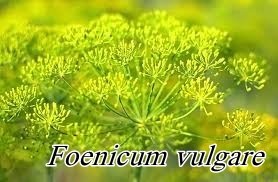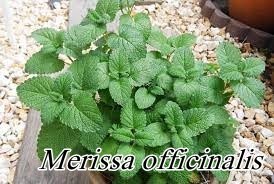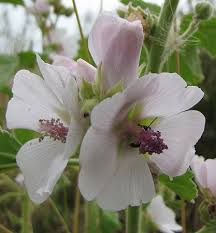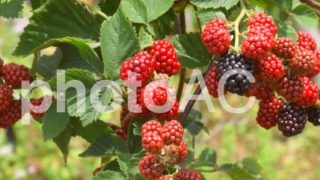Sage has long been used for medicinal and culinary purposes.
目次
feature
This herb can be used in various forms, from cooking to medicinal to crafts, and is called medicinal salvia, as well as many garden varieties.
It is a type of shrub that grows to a height of about 60 to 80 centimeters.
The leaves are oval in shape with a reticulate crinkle and produce light purple flowers in early summer to summer.


Main ingredient
camphor
Sage’s distinctive, medicinal aroma is mainly due to this component, which belongs to a group called monoterpene ketones.
It acts on the central nervous system and is used as a topical agent with reddening and mucolytic effects.
Arguably, it acts on inflamed or congested areas. However, it is toxic in large doses and should be used with caution.
technical name
Salvia offichinalis L
Salvia
It is derived from Latin “Salvo” (I am healthy) and “Sadver” (to cure).
offichinalis
It means “medicinal.”
Various Usage
cooking
The bitterness and astringency in the raw leaves turn to sweetness when heated.
In Italy, it is used in gibier dishes, and in the Middle East, it is mainly used in meat dishes, such as kebabs.
It also has strong bactericidal properties, is used to eliminate odors, and can be used in internal cooking.
cultivation
Sage is a “light-loving” species that needs sunlight, so when growing it from seed, cover it with a thin layer of soil.
When grown in pots, repot the plant once a year into a larger pot, as the roots will turn into the pot and clog it.
実用
Dried sage + coarse salt
It is a natural toothpaste.
leachate
Boiled and cooled, it can be used as a gargle and for sore throats, mouth ulcers, gingivitis, etc.
The concentrated boiled product can also be used externally as lotions, hair tonic, compresses, etc.
Herbal teas are generally called “infusions”; cold ones are called “cold infusions” and warm ones are called “hot infusions”.
A thicker infusion is called a “decoction.
History
In ancient Greece and Rome, it was considered a panacea, and the physician and botanist “Dioscorides” wrote that it was effective for cuts, urinary tract stones, and irregular menstruation in women.
Pliny the Great, a naturalist from the Roman era, wrote that it was effective for snake bites.
Sage has a long history of cultivation in Europe, and in the blueprint of the oldest existing garden, the St.
Gallen Abbey in Switzerland, there is a herb garden, in which the name of sage is mentioned.
It was introduced to Japan around 1887, and there are records of its cultivation in Yokohama and Aichi prefectures during the Taisho era (1912-1926).





